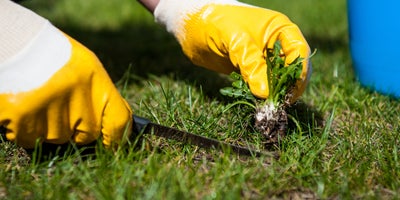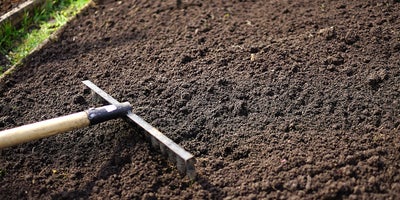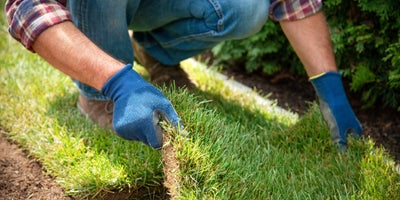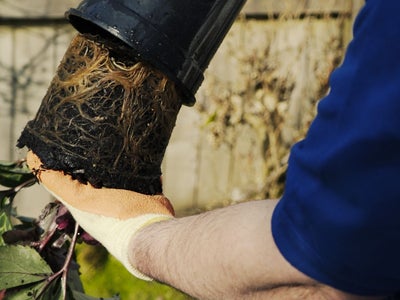Getting ready for new grass
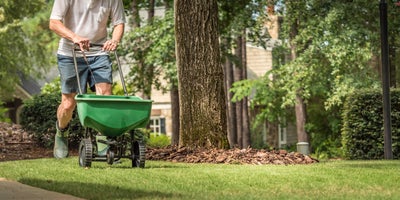
As the winter months start coming to an end and you can begin to see the first signs of spring just around the corner, it’s a good time to think about rejuvenating your lawn. February is an ideal time to prepare your lawn for laying new turf, so you can ensure a lush and green outdoor space for the upcoming spring and summer months. With a bit of planning and the right tools, it’s a pretty straightforward job to take on. The main thing to worry about for now is making sure the ground is properly prepared by the time you’re ready to lay your new lawn.
Shop the Range

